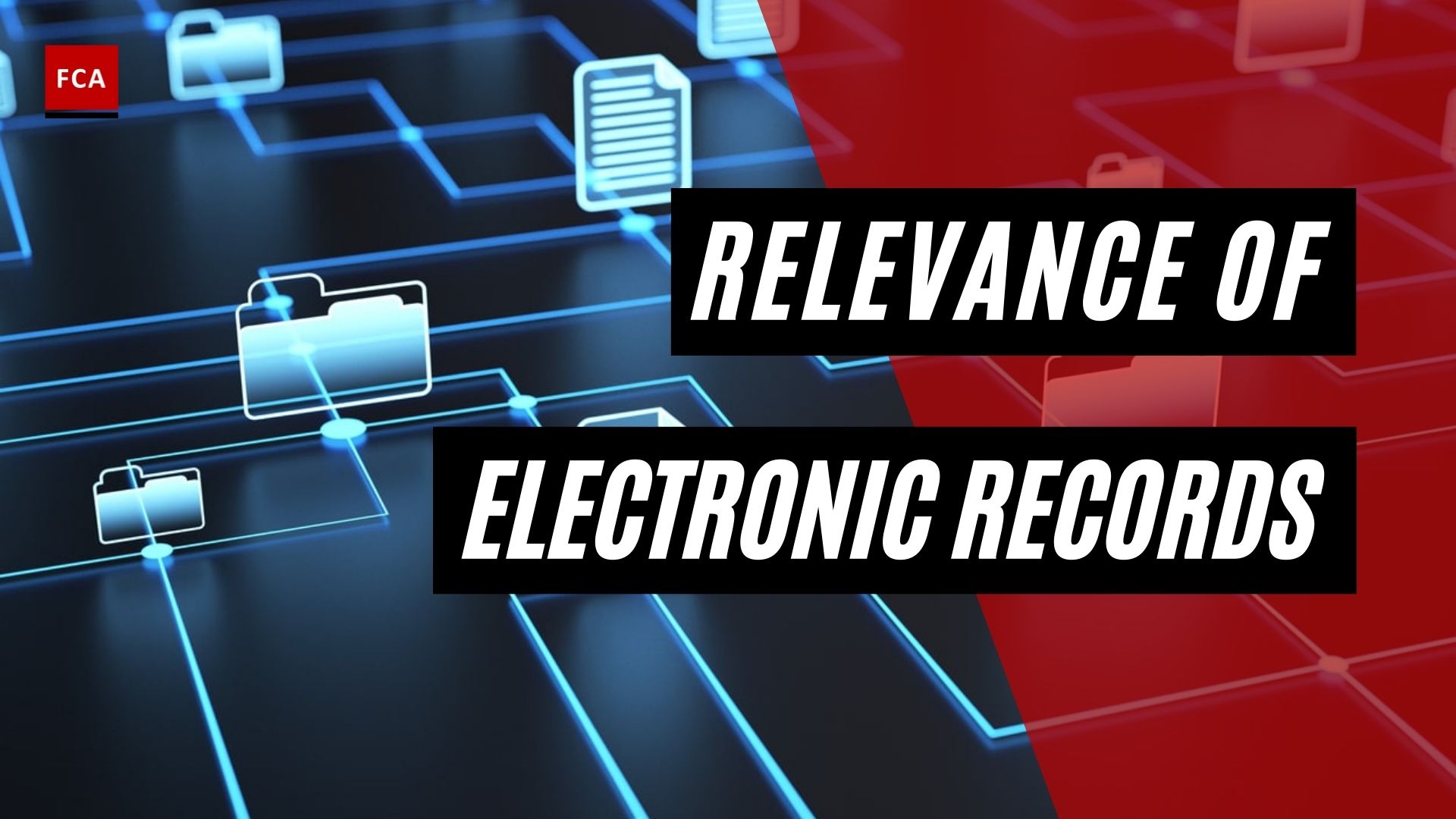Digital fraudsters, also known as cybercriminals or hackers, can have diverse profiles and motives. Various attempts have been made to measure the scale of digital fraud in the past, but compiling reliable statistics about digital fraud incidents is not easy. As one of the key characteristics of digital fraud is trickery or deception, it is usually very difficult to identify the scale of the problem.
The weak governance structure, or the board of directors and corrupt senior management, are also considered as one of the key reasons why frauds, such as digital frauds, occur in an organization. The board of directors sets the tone from the top. They are responsible for hiring a suitable and experienced team of professionals as a management team to run the company’s daily business affairs.
There may be a possibility that the board of directors or senior management comprises a strong team of professionals, but they are corrupt. Such happens when all board members are from a similar family or have strong relationships with each other outside the business activities. They may develop processes and policies so that it becomes easier to induce the management or employees to work for them and provide them direct and indirect financial benefits through manipulating digital data or information stored in the information systems. In such cases, the senior management or employees involved also get various indirect incentives from the board to perform the desired work per the board’s directions.

Digital Fraudsters Profile and Motives
The corrupt board of a company requires all the employees, including senior management, to work according to the board’s wish. When an employee or member of the management denies or works in contradiction of the board’s directions, such an employee is either fired or threatened to be fired.
It is necessary to take into account the following factors:
- The motivation of potential digital fraudsters and the conditions under which they rationalized their behavior
- Opportunities available to commit digital fraud
- Technical and power ability of the digital fraudsters
- The expected risk of discovery of the digital fraud activity after it has been performed
- Consequences of digital fraud discovery such as penalties, punishments
The Fraud Triangle is a model that brings together a number of these aspects, and the model tells us that fraud usually results from a combination of three factors, which are as follows:
- Motivation
- Opportunity
- Rationalization
Fraudsters may be professionals or opportunists. They may be motivated to commit fraud at the workplace to fulfill their financial needs and desires or provide them with an opportunity to avail themselves of and gain personal benefits. Some fraudsters rationalize their fraudulent activities.
The following discusses the fraud triangle components.
Motivation
Motivation is based on either greed or the need of the fraudster, including the digital fraudster. Greed continues to be the main cause of fraud in many countries and jurisdictions. Many people are faced with or provided with the opportunity to commit fraud.
The fraudster’s personality, knowledge, and temperament enable them to commit the fraud confidently, and they are not frightened people. There may also be the possibility that good people may fall into the bad company of the criminals who make them commit fraud in the working places or the companies where these good people are employed.
For example, a bank employee may be used by the criminal to transfer money from one location to another by opening a bank account without any due diligence of the criminal.

Opportunity
Fraud usually occurs in companies with a weak internal control system and poor security measures implemented. Fraudsters exploit the weak internal control system and commit activities to gain benefits.
Establishing robust internal controls is the responsibility of the company’s board of directors and senior management. Without appropriate and robust processes and controls, the operations of the company or organizations may not be run, causing various losses to the company, such as operational, reputational, and financial losses. The financial position of the company deteriorates without appropriate internal controls.
A weak internal control system means a weak governance structure and poor policies and processes. Due to the weak internal control system, the organization is exposed to various types of risks, such as:
- Financial risk
- Reputational risk
- Operational risk
- Legal risk
- Regulatory risk, and
- Strategic risk
Rationalization
Various people obey the laws and regulations of the country because they believe that compliance with laws and regulations is their main responsibility. These people are afraid of being exposed if they are found in any illegal activity or non-compliance with any law or regulation.
However, some people may be able to rationalize fraudulent acts and actions as follows:
- Necessary – especially when done for the business
- Harmless – because the victim is large enough to absorb the impact, or
- Justified – because ‘the victim deserved it’ or ‘because I was mistreated.’
Indeed, most frauds are not identified or go undetected, and even when a fraud has been found, it may not be appropriately or timely reported. One reason may be that a company that has been a fraud victim does not want to take the burden of reputational losses. Another reason is to suppress the reputational risks the fraud instances and cases that are not reported publicly. Companies also face challenges in distinguishing between fraud and carelessness. Carelessness may be the poor accounting records or not recording financial transactions on time, causing working capital issues.
There is no doubt that digital fraud elements are present in almost every organization which is a serious issue. The research and survey results may not give a complete picture, but we may not deny that fraud elements are not present if the cases are not reported.
Various digital frauds go undetected and actual losses and indirect costs to the business, such as management costs or damage to reputation, which may be significant, are not highlighted, which also suppresses the scale of fraud in a particular country, state, or industry. Therefore, it is difficult to put a total cost on fraud based on any survey or related results.
One of the misconceptions about digital fraud is that it is a victimless crime. However, digital fraud cases and incidents may have various psychological and social effects on individuals, companies, and society. For example, when a significant fraud case is identified, it usually destroys the reputation and strategic mission of the company, and numerous individuals, including employees and other related businesses or stakeholders, are affected.
In addition to the employees working in a company where significant fraud is identified and reported, suppliers’ employees can be affected because of future orders. Other stakeholders, such as creditors, including banks, are indirectly affected due to non-payment of timely installments against the loans obtained by the company where the significant fraud case is reported.

Final Thoughts
Digital fraudsters are individuals or groups of people who engage in fraudulent activities using digital technology, such as the internet and mobile devices. These fraudsters use various tactics to trick people into revealing sensitive information, such as passwords, bank account details, and credit card information.
Some common types of digital fraud include phishing scams, where fraudsters send emails or messages to trick people into giving away their personal information, as well as identity theft, where fraudsters steal a person’s identity to access their financial accounts or make fraudulent purchases. Digital fraudsters may also use malware or viruses to gain access to a victim’s device or network, allowing them to steal information or install additional software to facilitate their criminal activities.
To protect oneself from digital fraud, it’s important to be cautious when sharing personal information online and to use strong passwords and two-factor authentication when possible. It’s also important to keep software and anti-virus programs up to date to help prevent malware and virus infections.









